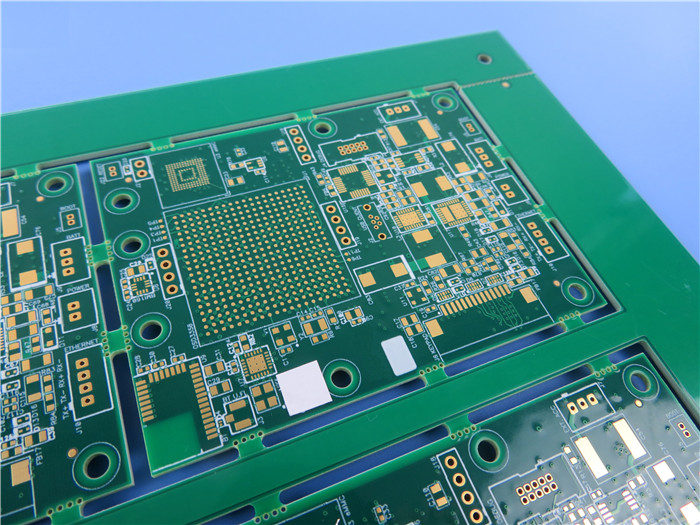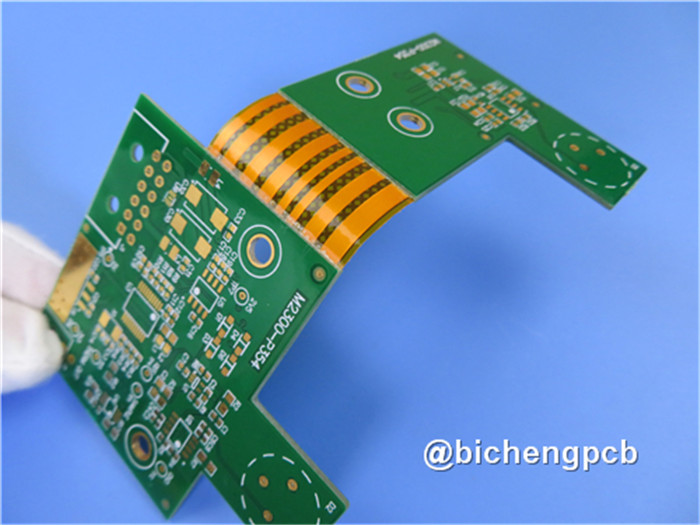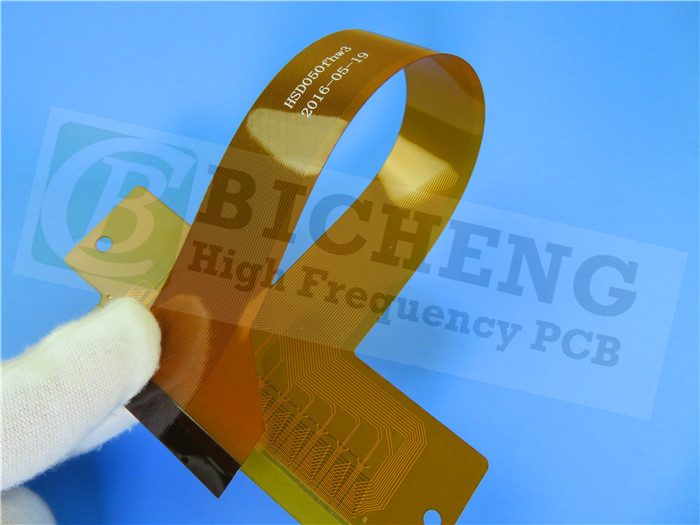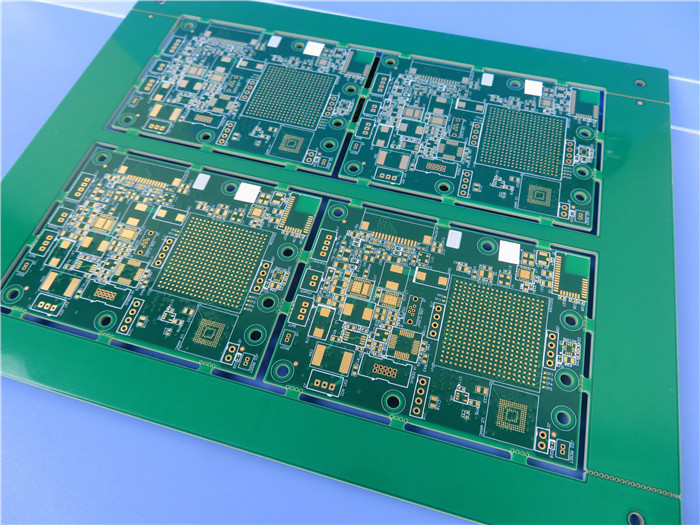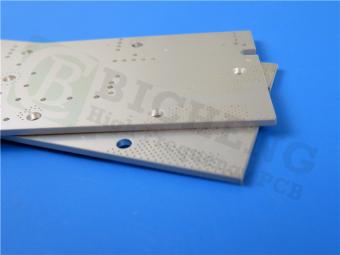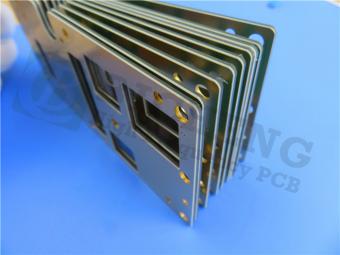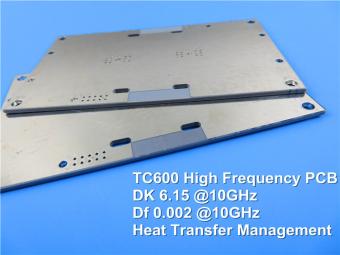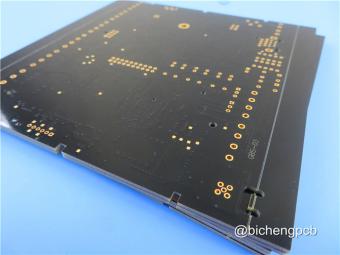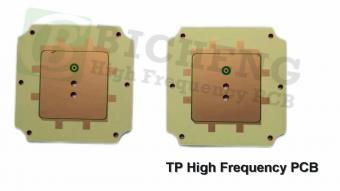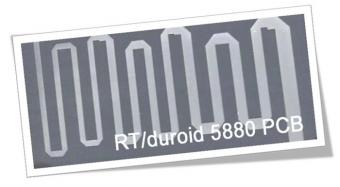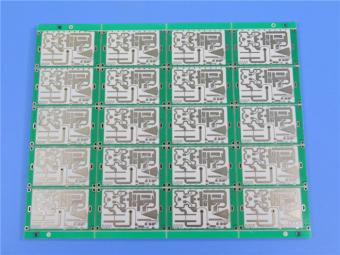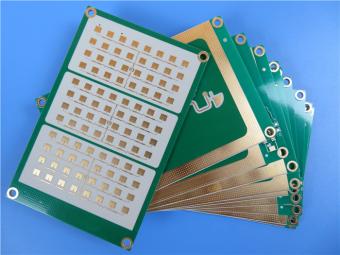PCB Industry Witnesses Remarkable Growth in Q2 2024, Fueling Technological Advancements
PCB Industry Witnesses Remarkable Growth in Q2 2024, Fueling Technological Advancements The printed circuit board (PCB) industry experienced a significant surge in growth during the second quarter of 2024, driving remarkable advancements in various technological sectors. The robust expansion can be attributed to factors such as increased demand for electronic devices, the proliferation of IoT applications, and the emergence of new technologies. According to the latest industry reports, the global PCB market witnessed a substantial year-on-year growth of 15% during Q2 2024. This growth can be primarily attributed to the escalating adoption of advanced PCB technologies in sectors such as consumer electronics, automotive, telecommunications, and healthcare. Consumer electronics remain one of the primary drivers of PCB industry growth. The rising consumer demand for smart devices, wearables, and home automation systems has fueled the need for smaller, more efficient, and highly integrated PCBs. To meet these demands, PCB manufacturers have been focusing on developing innovative solutions, such as flexible and rigid-flex PCBs, to cater to the evolving requirements of the consumer electronics market. The automotive sector has also played a pivotal role in the PCB industry's expansion. The increasing integration of electronic components in vehicles, including advanced driver-assistance systems (ADAS), infotainment systems, and electric vehicle technologies, has significantly driven the demand for PCBs. Manufacturers are working closely with automotive OEMs to develop PCBs that can withstand harsh operating conditions, offer high reliability, and support the industry's transition towards autonomous and electric vehicles. Furthermore, the IoT revolution has had a profound impact on the PCB industry. The proliferation of connected devices and smart technologies across various sectors, such as industrial automation, healthcare, and home automation, has created a surge in demand for IoT-enabled PCBs. These PCBs are designed to support wireless communication, low-power operation, and sensor integration, enabling seamless connectivity and data exchange in IoT ecosystems. In addition to market demand, technological advancements have also fueled the growth of the PCB industry. Manufacturers have been investing heavily in research and development to introduce cutting-edge technologies, such as advanced PCB substrate materials, high-density interconnects (HDI material), and embedded components. These innovations have not only improved the performance and reliability of PCBs but also facilitated the development of compact and sophisticated electronic devices. Looking ahead, industry experts forecast a positive outlook for the PCB market in the coming quarters. The increasing adoption of emerging technologies, such as 5G, artificial intelligence (AI), and edge computing, is expected to further drive the demand for advanced PCB solutions. Moreover, the ongoing s...

 Call Us Now !
Tel : +86 755 27374946
Call Us Now !
Tel : +86 755 27374946
 Order Online Now !
Email : info@bichengpcb.com
Order Online Now !
Email : info@bichengpcb.com


